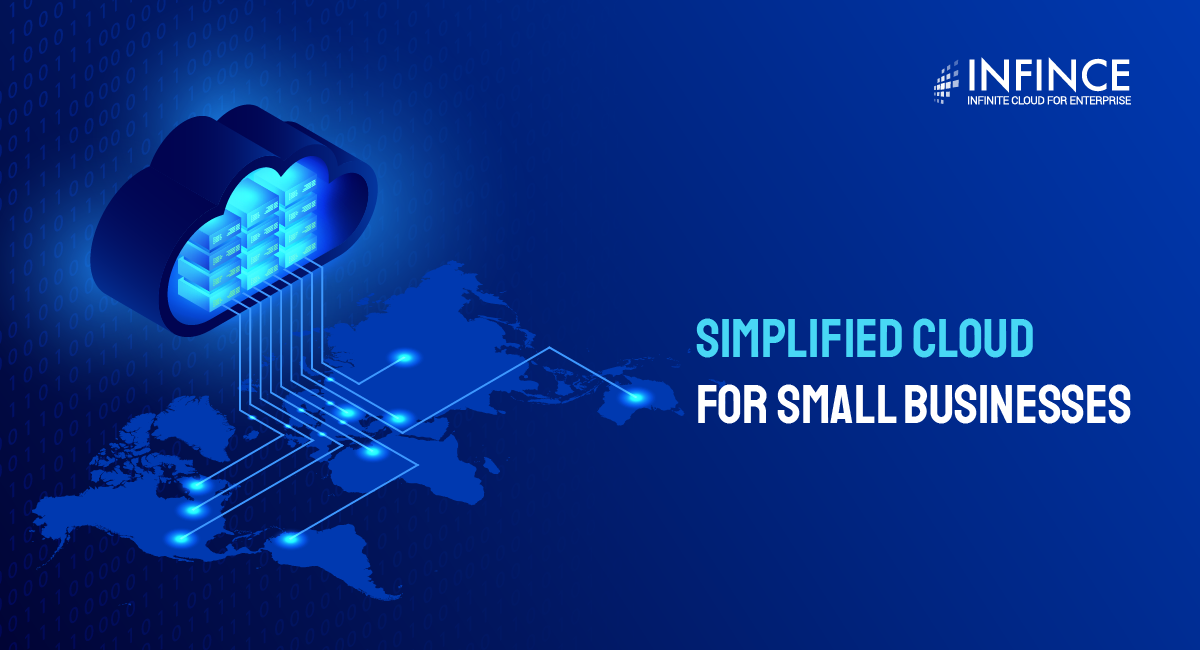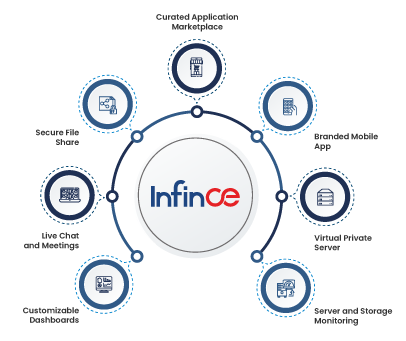How SMBs Can Overcome Challenges to Build a Mobile-First Workplace
The rise of flexible, remote work culture and the need to address a large population of mobile-savvy millennial workforce is creating an unprecedented demand for enterprise mobility.
Over 86 % of email users worldwide use their smartphones to access emails, reports Adobe. By enterprise mobility, we do not just focus on accessing emails on smartphones. It is a cultural and business transition that involves technology, people, and processes spanning departments. Hence every step a small business takes in the direction of implementing enterprise-wide mobility involves challenges that they need to mitigate.
Here are five challenges that SMBs should overcome to ensure sustainable mobility adoption in enterprises.
1. Cultural Resistance
When your organization comprises resources from different generations, there is friction that is bound to happen in several areas and your technology infrastructure is no exception. Most of your staff will be accustomed to their desktops or laptops and prefer working from the office. For them, the idea of transitioning to a highly decentralized and mobile workforce where remote working is a norm and smartphones become the mainstay device could be overwhelming.
Related Reading: InfinCE Can Help You Quickly Transit to Remote Working
As a business owner, you need to step in to resolve this cultural challenge by creating awareness among your staff on the benefits of mobility. Having a well-planned migration into mobile-friendly collaboration channels is highly appreciable. It can help soften the transition and give space and time for employees to gradually accept the new norm rather than forcing them to accommodate a new way of working one fine day.
2. Business Process Alignment
Even if you are a small business enterprise, there are certain standard and well-defined business processes and workflows your employees follow to help serve customers efficiently. While incorporating mobility, a considerable effort must be put into re-aligning your key business processes. This will boost the adaptability of mobility best practices.
Polices like BYOD which are critical in enabling enterprise mobility make it necessary for business processes to be re-defined. These may include information-sharing protocols, work management policies, timeline management, security policies, and much more.
3. Seamless Collaboration and Communication
When employees begin to opt for a culture of remote and mobile-first work experience, there is a huge demand for interactive and real-time collaboration capability. Through digital channels like InfinCE, SMBs can facilitate employees to stay connected with their peers, share information, work on tasks together, manage responsibilities and dependent activities, conduct virtual meetings or video conferences, and so on.
Related Reading: 5 Workplace Innovations You Can Welcome with Video Conferencing
For customer-facing roles, it is important to deliver insights and information on the go on handheld devices. Knowledge archival and sharing via cloud platforms need to be highly encouraged. This is vital for field employees to deliver value during client interactions.
4. Flexible Application Support
As more enterprise functions and capabilities get mapped to mobility mode, small businesses need to ensure that your workforce gets dedicated applications to leverage these functions completely from their smartphones or remote devices. Hence your technology ecosystem needs to support the development of custom enterprise mobility apps for various business functions. It could be CRM, HRM, ERP, CMS, document management, collaboration, and project management, and much more.
For instance, The InfinCE mobile app gives you access to most of the features of your virtual desktop, formatted for the smaller screen of your smartphone. You can view all your Dashboards, contact everyone in your organization, Chat or Video call with colleagues, access your Business Applications, and attend the Online Meetings.
5. Security and Device Management
With the advent of digital channels, there is a large volume of customer data that passes through different enterprise systems daily. When your business incorporates mobility deeper into its operations, then a lot of devices come into the network like personal laptops, smartphones, and even smart IoT devices. Confidential data and information get exchanged through these devices regularly. Hence security and data privacy becomes a huge challenge.
SMBs must ensure that standard encryption protocols, data protection policies and access control are implemented to prevent any untoward incident. There should be intelligent monitoring of data logs and employees must be transparently held accountable for their responsibilities to ensure that no modification or manipulation of data happens without approvals from concerned departments. Compliance laws like GDPR make it necessary for enterprises to enable secure experiences for customer data across all channels through which it is shared.
Related Reading: Why Is InfinCE A Better Choice For Safe Video Calling Than Zoom
Enterprise Mobility is rapidly being adopted by small businesses across the globe. From ensuring business continuity at times of crisis to empowering employees to sustain a perfect work-life balance, the advantages are numerous. With an enterprise platform like InfinCE powering your digital backend, the transition can happen seamlessly. InfinCE allows small businesses to unify their digital infrastructure and empower employees with the flexibility to rapidly increase mobility. Secure cloud-based infrastructure, an extensive app ecosystem and a 24 X 7 support team guarantees that your mobility transformation happens seamlessly and without disruption. Get in touch with our experts to know more about InfinCE.







